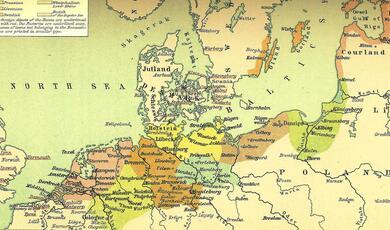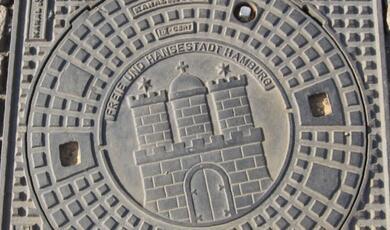Die Hanse (the Hansa - the Hanseatic League) was a northern European co-operative and alliance of between 70 and 200 towns and cities such as Lübeck, Hamburg, Malmö, Bruges, Danzig, Cologne, Rostock and Bremen, able to form contracts and liable as joint debtors for the offences of individual members. The Hansa had a lasting influence on our notions of commerce, economic association, the importance of free trade and the role of the nation state. The first formal mention of the Hansa dates from 1283 and, through various ups and downs, the last material event was in 1669 (though the Hansa was never formally dissolved), with the Hansa's heyday in the 15th century. The Hansa left an enduring legend of the vitality of free and wealthy trading cities. The Hansa established trading routes and transportation patterns from Iceland and the Shetlands to the Mediterranean. The name lives on in various forms, including Lufthansa.
Because of King Edward IV's disputes with the Hansa, it is often forgotten that London itself was a Hanseatic city. The Stalhof (Steelyard), an area near today's Cannon Street, was given tax and customs concessions by Edward I in 1303 and not dissolved until Lübeck, Bremen and Hamburg sold their common property in 1853.


 Login
Login


